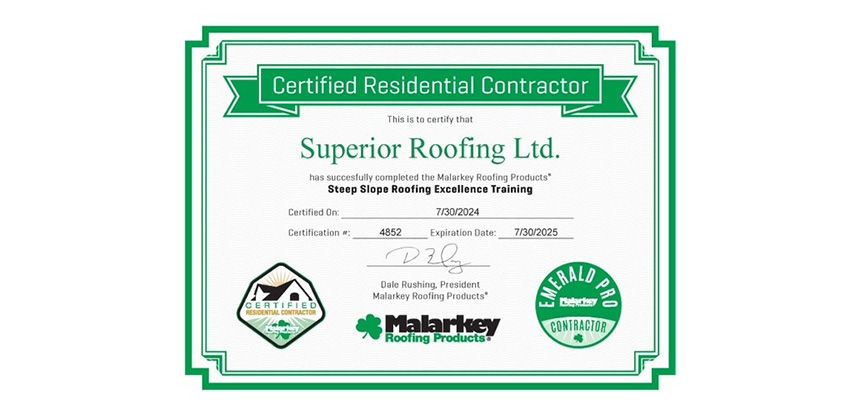
Calgary TPO Roofing Services




Thermoplastic Polyolefin Roof Installation
-
TPO roofing is a great fit for Calgary’s weather, standing up to Chinook winds, hail, heavy snow loads, and intense UV exposure. Its longevity makes it a wise investment for both residential and commercial properties.
-
With its multi-layer design, this roofing material maximizes insulation and complements a clean, modern aesthetic. It’s perfect for flat or low-slope roofs typical of Calgary properties.
-
While other roofing types, such as EPDM, PVC, and tar and gravel, have their uses, TPO’s energy efficiency, affordability, and low environmental impact put it a cut above the rest.
-
The installation is also flexible, with options including mechanical fastening, full adhesion, and welded seams. These techniques guarantee a durable roof that fits your building’s requirements.
-
Paybacks span energy savings, low upkeep, and dependable repairs. TPO roofing can help Calgary homeowners save and have peace of mind.

Energy-Efficient TPO Roofing for Alberta Weather
TPO roofing (Thermoplastic Polyolefin) is a popular choice for commercial and residential flat roofs in Calgary, thanks to its heat-reflective surface, energy efficiency, and resistance to UV, chemicals, and punctures. At Superior Roofing, we install TPO systems that stand up to Alberta’s intense sun and harsh winters—offering reliable protection and long-term value.
We also install and service a wide selection of roofing systems and materials to match the needs of every property:
At Superior Roofing, we take pride in offering professional installation and honest recommendations—helping Calgary property owners find the best-fit solution for protection, curb appeal, and performance.

What Is TPO Roofing?
TPO stands for Thermoplastic Polyolefin, a single-ply membrane roofing system made from a blend of polypropylene and ethylene-propylene rubber. It's reinforced with fiberglass or polyester and is installed using heat-welded seams.
TPO is known for its:
-
High reflectivity (keeps buildings cooler)
-
Flexibility and durability
-
Chemical and UV resistance
-
Easy installation and repair
It’s especially popular on commercial buildings and modern flat-roofed homes.
TPO is commonly used for flat or low-slope roofs. It blends polypropylene and ethylene-propylene rubber to produce a long-lasting material, budget-friendly and well-suited for Calgary’s unpredictable weather.
The Material
TPO roofing membranes are valued for their flexibility and resistance to external damage. They’re built to endure UV rays, weathering, and punctures — a trusted option for Calgary’s sun-soaked summers and brutal winters.
Offered in thicknesses such as 45-mil and 60-mil, the material presents choices for varying durability requirements. TPO is available in white, grey, and tan, with white fast becoming the most popular choice as it reflects away heat.
The Layers
TPO roofing typically consists of three layers: a thermoplastic polyolefin base, a polyester-reinforced fabric center, and a durable thermoplastic polyolefin top layer. This design provides durability and flexibility, yet enables it to conform to mechanical attachment, induction welding, or adhesive installation methods.
These layers combine to keep the moisture out and shield the structure below, despite Calgary’s notorious freeze-thaw cycles.
The Purpose
TPO roofing is functional and green. It is energy-efficient, bouncing the sun’s rays to minimize cooling expenses in Calgary’s hot months. This turns it into a great choice for commercial ventures looking to reduce overhead.
TPO resists chemicals and pollutants as well, an important attribute for industrial structures that get exposed to these substances. Most of all, it’s flexible for new construction and re-roofing, providing a workable solution for diverse commercial requirements.
The Look
Although functional, TPO roofing is aesthetically versatile. Its crisp, sleek surface beautifies the flat roofs of commercial buildings.
TPO’s colour offerings—white, grey, and tan—allow property owners to select an aesthetic that works with their building. These colors are energy efficient, especially the white choice, which reflects sunlight more.
Ideal Applications for TPO
TPO is best suited for:
-
Warehouses and industrial units
-
Retail plazas and offices
-
Multi-family low-rise buildings
-
Modern-style residential homes with flat/low-slope roofs
-
Green building and LEED projects
We’ve installed TPO systems for everything from inner-city stores to large commercial lots across Calgary.
Benefits of TPO Roofing in Calgary
☀️ Energy Efficiency
TPO reflects solar radiation, which helps lower air conditioning costs—perfect for warm summers and sunny winters.
🛡️ Durable and UV-Resistant
TPO resists punctures, microbial growth, and degradation from Alberta’s intense UV exposure.
💧 Seamless Water Protection
Heat-welded seams create a uniform, waterproof barrier. No leaks, no weak points.
💰 Cost-Effective
TPO offers great value per square foot. It's cheaper than PVC but has similar performance in most environments.
🔧 Easy Maintenance
White or light-colored TPO surfaces make it easy to detect debris, pooling, or damage.
HIGHLY REVIEWED



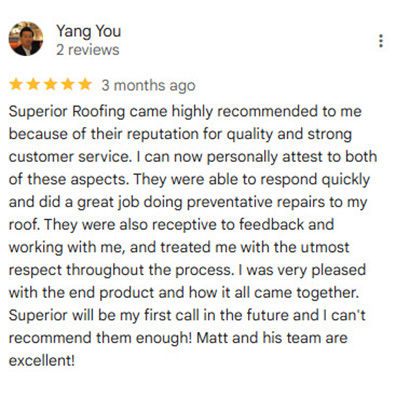

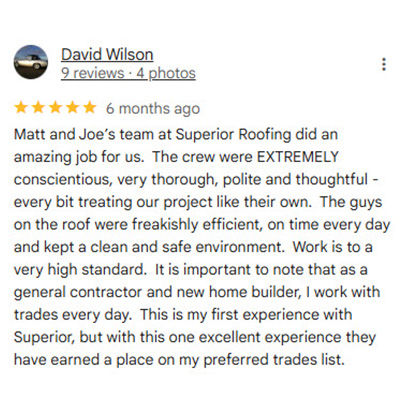
TPO Roofing and Calgary Weather
TPO roofing is growing in popularity in Calgary because it can withstand our city’s distinctive climate. From chinooks to brutal UV exposure, TPO roofing is durable, energy efficient, and environmentally compelling for local homes and businesses.
Chinook Resilience
Calgary’s notorious Chinooks provide rapid temperature changes that can strain roofing systems. TPO membranes shine by remaining flexible and performing well during these quick transitions. Unlike other roofing options that crack or warp under thermal expansion and contraction, TPO is designed to flex.
For property owners, it means fewer repairs and year-round performance. TPO’s seams are heat-welded as part of the installation, forming a watertight membrane that resists these changing temperatures. From home flat roofs to commercial buildings, TPO keeps you covered year-round in Calgary’s nasty weather.
Hail Impact
Hail is a big problem in Calgary, and roofs need to be impact-resistant. TPO roofing is a durable choice, too, with its tough yet pliable surface that fights off hail damage. For extra defense, thicker TPO membranes—usually 60 mils or higher—can be selected for high-hail-risk zones.
Insurance claims because of a damaged roof are expensive and take a while. Choosing a hail-resistant material like TPO can reduce these risks, sparing homeowners both costs and headaches down the road.
Snow Load
Calgary winters bury us in snow, and flat roofs are the easiest to snow-load. TPO roofing is built to hold this weight without sacrificing structural soundness. Installed correctly, with reinforced seams and proper slope design, snowmelt drains out of the system quickly, preventing leaks.
The white surface of TPO membranes reflects sunlight, promoting faster snowmelt on sunny winter days. This stops ice damming, which is essential to roof safety and life span.
UV Resistance
We’ve seen long-term UV exposure break down nearly every roofing material. TPO’s reflective surface has superb resistance. TPO deflects sunlight, which makes it absorb less heat, keeping interiors cooler in summer and reducing energy costs.
Over time, this energy efficiency saves Calgary homeowners big.
Signs You May Need TPO Replacement or Repair
-
Pooling water or soft spots
-
Cracking or shrinking seams
-
Punctures or membrane uplift
-
Interior leaks or water stains
-
Discoloration or UV wear
-
System age over 15–20 years
Superior Roofing offers inspections and reports to assess TPO systems—whether we installed them or not.
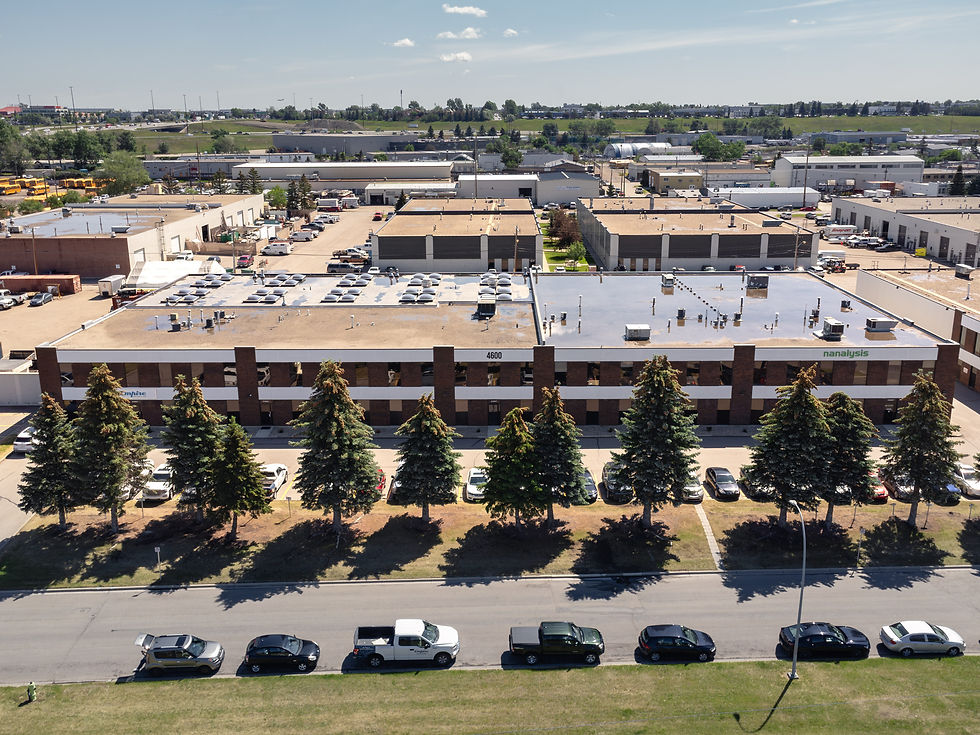
How It Works
Final Inspection & Satisfaction Guarantee
03

01
Free Consultation & Estimate
Schedule an appointment with our experts. The roofing estimator will come to survey your roof to provide a more accurate cost estimate.
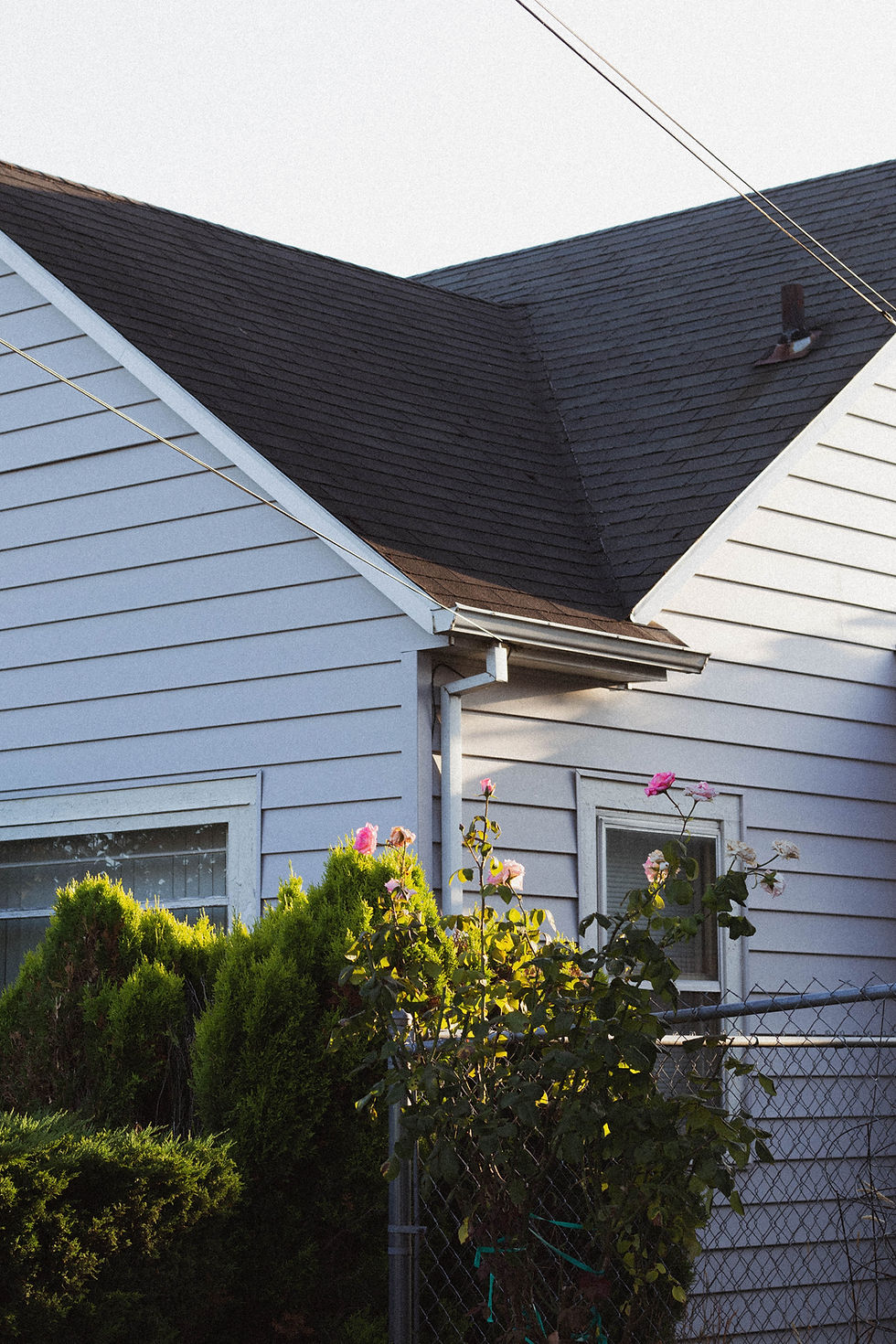
02
Expert Installation & Quality Work
Once the deal is closed and payment is finalized, the project timeline will be set.


TPO Installation Process
TPO roof Calgary is one of the reasons why TPO roofing is a hot item for Calgary’s commercial and residential flat roofs. Depending on the project, climate, and roof design, there are various installation methods. Mechanical fastening and full adhesion are the two main options, with each having its advantages.
We highlight the takeaway points of these methods below, and how welded seams are key to a watertight finish.
Mechanical Fastening
Mechanically-attached is when the TPO membrane is secured using fasteners through the material into the roof’s substrate. Mechanical fastening is especially useful for areas with fluctuating temperatures because it uses hardware instead of adhesives.
The fasteners are spaced strategically to provide stability, allowing for Calgary’s frequent wind gusts and freeze-thaw cycles. Mechanically attached systems are suitable for slopes up to 4:12 inches (33%), making them versatile for flat and low-slope roofs.
These systems enable faster installation, which can help reduce disturbances. Such proper fastening alignment is critical to avoid wrinkles or loose sections, which could compromise the roof’s performance over time.
Full Adhesion
Fully adhered TPO systems utilize bonding adhesive to adhere the membrane to the substrate. This method offers a slick, seamless finish and increased resilience to uplift from powerful gusts—something to be mindful of in Calgary.
This must be applied in special conditions, since cold weather could prevent it from bonding properly. Optimal installation temperatures are generally above 25°F (-4°C). However, some of the latest adhesives will work in colder temperatures.
Crews carefully grind and glue big rolls of TPO, most commonly sold in rolls 5, 10, or 12 feet wide and 100 feet long, to prevent air pockets or unevenness.
Welded Seams
TPO membrane seams are heat-welded, providing a waterproof barrier for leak resistance. This ensures the roof’s longevity, particularly during Calgary’s snowy winters.
The welding needs to be done with care — if the seams are uneven, it becomes a point of weakness.
TPO Versus Other Flat Roofs
TPO (Thermoplastic Polyolefin) roofing is a popular choice for flat roofs in Calgary due to its durability, energy efficiency, and cost-effectiveness. The first thing you need to know about the benefits of TPO is to compare it to other popular flat roofs.
Against EPDM
EPDM is the OG of flat roofs. Its durability is on par with TPO, as both have lifespans of 25-30 years. EPDM’s black surface absorbs heat, and that’s no good for Calgary summers.
TPO provides greater SRI ratings, bouncing back sunlight and keeping buildings cooler. This assists with lower cooling bills in hot months. While both materials are $4-$7 per square foot, TPO is better salable on the thermal performance side because of its lighter color and thermal emittance.
TPO membranes are puncture and tear-resistant, so they are better equipped to withstand heavy weather like hailstorms, which Calgary experiences often.
Against PVC
PVC (polyvinyl chloride) is another thermoplastic option, very similar to TPO in cost and lifespan (both 25+ years). PVC is usually stiffer, which can make it harder to install on complex roofs.
TPO is more flexible, so it’s easier to install and maintain. While both TPO and PVC are great reflectors, TPO membranes are typically more environmentally friendly. TPO can earn LEED credits and meet industry standards such as California Title 24 for Cool Roofs.
This is a nice feature for the eco-friendly property owner in Calgary.
Against Tar & Gravel
Tar & Gravel roofs, although tried and true, don’t quite make the grade. They’re heavy and require a lot of structural support, unlike the lightweight TPO membranes. Installation is labor-intensive, and maintenance can be expensive.
TPO’s seamless application minimizes potential leaks, which can be a problem when it comes to gravel roofs. Plus, TPO’s resilience against Calgary’s extreme weather—high winds, heavy snow, and hail—makes it a better choice for longevity and performance.
TPO Roof Repair & Maintenance
Already have a TPO system? We offer:
-
Seam re-welding and patching
-
Puncture repair
-
Insulation board replacement
-
Drainage correction
-
Annual maintenance plans
-
Emergency leak services
We’ll keep your system running efficiently with minimal disruption to your business or home.




Lifetime TPO Ownership
TPO roofing is a go-to for Calgary’s flat-roofed residences and businesses. Its price, energy efficiency, and longevity make it compelling to buy it for life. Knowing the secrets of lifetime TPO ownership will make the most of its value and effectiveness.
Initial Cost
TPO roofing systems are one of the more affordable flat roofing materials available. The upfront investment depends on the membrane thickness (1.14, 1.52, 2.03 mm). Thicker membranes are more expensive, but offer superior durability against impact and environmental degradation.
That makes them a functional option for Calgary’s temperature swings and storm debris. Upfront costs are based on single-ply vs. fully adhered systems, which are more durable.
Energy Savings
Among the many benefits of TPO roofing is energy efficiency. The metal reflects UV rays, so it absorbs less heat and saves money on cooling during Calgary’s hot summers. This reflective attribute is particularly useful for commercial structures with expansive roof areas.
Over time, energy savings can help defray some of the upfront installation costs for a lower lifetime cost. Because TPO is 100% recyclable, it is perfect for the sustainability-minded property owner.
Maintenance Needs
As you know, a little maintenance goes a long way — TPO roofing usually lasts 20 to 30 years. Routine activities, like seasonal cleanings and annual inspections, catch minor problems before they become major. We all know that foot traffic causes damage, so clearing the roof and limiting unnecessary activity can stave off failures.
With proper care, TPO roofs can extend for another 10-15 years, providing guaranteed ROI for Calgary homeowners.
Repair Options
While TPO is durable, it’s not invincible. Thermal damage in extreme heat or blade damage from tools explains many repair needs. Patching for small tears, membrane replacement for larger problems.
Most systems have warranties up to 30 years, giving you peace of mind for repairs.

The Calgary TPO Advantage
TPO roofing in Calgary has been turning heads because it is ideally suited to the climate of the region and strikes the perfect balance between durability, energy efficiency, and cost. These qualities make it an ideal option for flat and low-sloped roofs, especially for commercial buildings and contemporary residences.
TPO roofing’s resistance to Calgary’s weather extremes is one of its biggest advantages. We just know that the stuff works – it can handle temperature challenges from brutal winter snowfalls to warm summer sun! By reflecting the sun, TPO’s white membrane surface is an added benefit during Calgary’s hotter months.
This reflective attribute reduces cooling expenses, a plus for energy-conscious owners. That can add up to some real savings on summer energy bills.
Besides energy savings, TPO rocks durability. TPO membranes, which generally last 20 to 30 years, are highly resistant to UV rays, punctures, and tears — all frequent threats to flat roof systems. While TPO is tough, its longevity likely does not compare to that of metal roofing, which can last several decades.
Still, for a lot of Calgary homeowners and businesses, the performance and affordability mix makes TPO an irresistible choice.
Another major benefit is how environmentally friendly TPO is. It’s 100% recyclable, so it won’t head to the landfill when its journey comes to an end. For green-minded Calgarians, this is a big deal. TPO can be installed as mechanically fastened, adhered, or ballasted systems, providing flexibility for various types of buildings.
Cost-effectiveness further accentuates TPO’s attractiveness. As a single-ply membrane, it pairs lightweight construction with trusted durability and versatility to provide a workhorse for the flat roof. Its upfront price is on par with its competitors, and the lifetime energy and maintenance savings make it worth the investment.

With TPO roofing, Calgary property owners get a trusted, energy-efficient, and affordable option for flat roofs. Its durability holds up to Calgary’s wild weather, from blizzards to UV rays in the summer. With expert installation and maintenance, TPO delivers years of value and reassurance.
If you’re thinking about TPO roofing for your residential or commercial property, Superior Roofing is here to assist. We provide high-quality craftsmanship and local experience to each project.
-
Over 25 years serving Calgary
-
Trained and certified TPO installers
-
Full safety, insurance, and warranty coverage
-
Local knowledge = better material recommendations
-
Clean worksites and deadline accountability
We don’t just install TPO—we stand behind every square foot.
Contact us today to talk about your roofing needs or to get a free quote! You can discover what drives our dedication to quality and find out why Calgary relies on us on our About page. So let’s ensure your roof is prepared for whatever Calgary throws at it.
OUR PROJECTS
TPO roofing in Calgary is a long-lasting, energy-efficient choice for the city’s fluctuating weather. Crafted with thermoplastic polyolefin, TPO roofing can tackle Calgary’s freezing winters and sunny summers without breaking a sweat.
Its reflective surface helps cut energy costs by keeping buildings cooler during scorching hot months, which has made it a go-to choice for commercial and residential flat roofs alike! Renowned as an economical, low-maintenance material, TPO shines as a dependable choice for lasting security.
At Superior Roofing, we install and service TPO roofs that are specifically designed for Calgary’s climate.

Sage Valley Road NW, Calgary, AB

3030 Bishop Dr SW, Calgary, AB
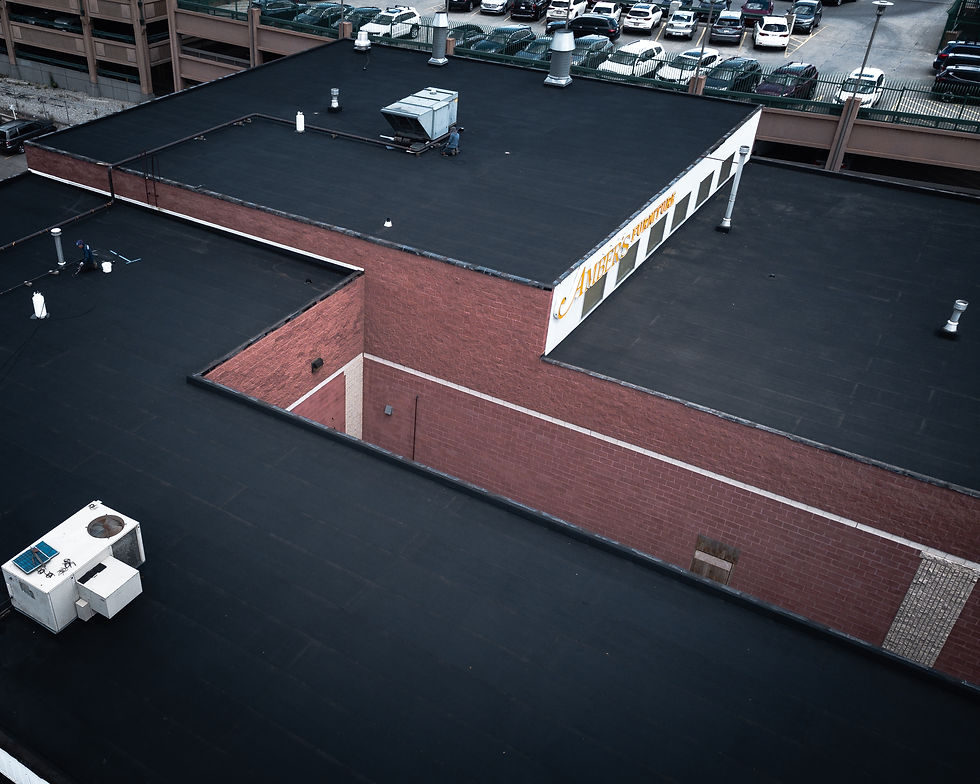
32 St NE, Calary, AB

Cameron Ave, Calgary, AB

36 Elmont Dr SW, Calgary, AB

6919 Livingstone Dr SW, Calgary, AB
FREQUENTLY ASKED QUESTIONS
TPO roofing is a single-ply membrane roofing used for flat or low-slope roofs. It’s tough, eco-friendly, and withstands Calgary’s unpredictable weather, severe winters, and hot summers. Its flexibility makes it perfect to combat temperature swings in Calgary.
Yes! TPO is superb for Calgary homes. It’s energy-efficient, saves on heating and cooling, and can resist snow, ice, and UV rays. Commercial building, flat-roofed home, it doesn’t matter – TPO is built for Calgary’s climate.
When installed correctly and maintained, TPO roofs can last 20–30 years in Calgary. Its resistance to UV rays, hail, and freezing temperatures ensures it’s a long-lasting solution for the city’s weather.
TPO is less expensive than EPDM and PVC but just as long-lasting. It’s light-weight, incredibly reflective, and more adaptable to Calgary’s temperature swings. It’s better for the environment than traditional roofing.
TPO is applied by gluing or mechanically securing a single-ply membrane to the roof deck. Seams are heat-welded for a waterproof result. It’s fast if it’s done by experts like Superior Roofing.
Definitely! TPO roofing reflects sunlight, minimizing heat gain during Calgary’s sunny summers. This aids in reducing cooling costs and maintaining a more comfortable building all year long. It’s an energy-smart solution.




















